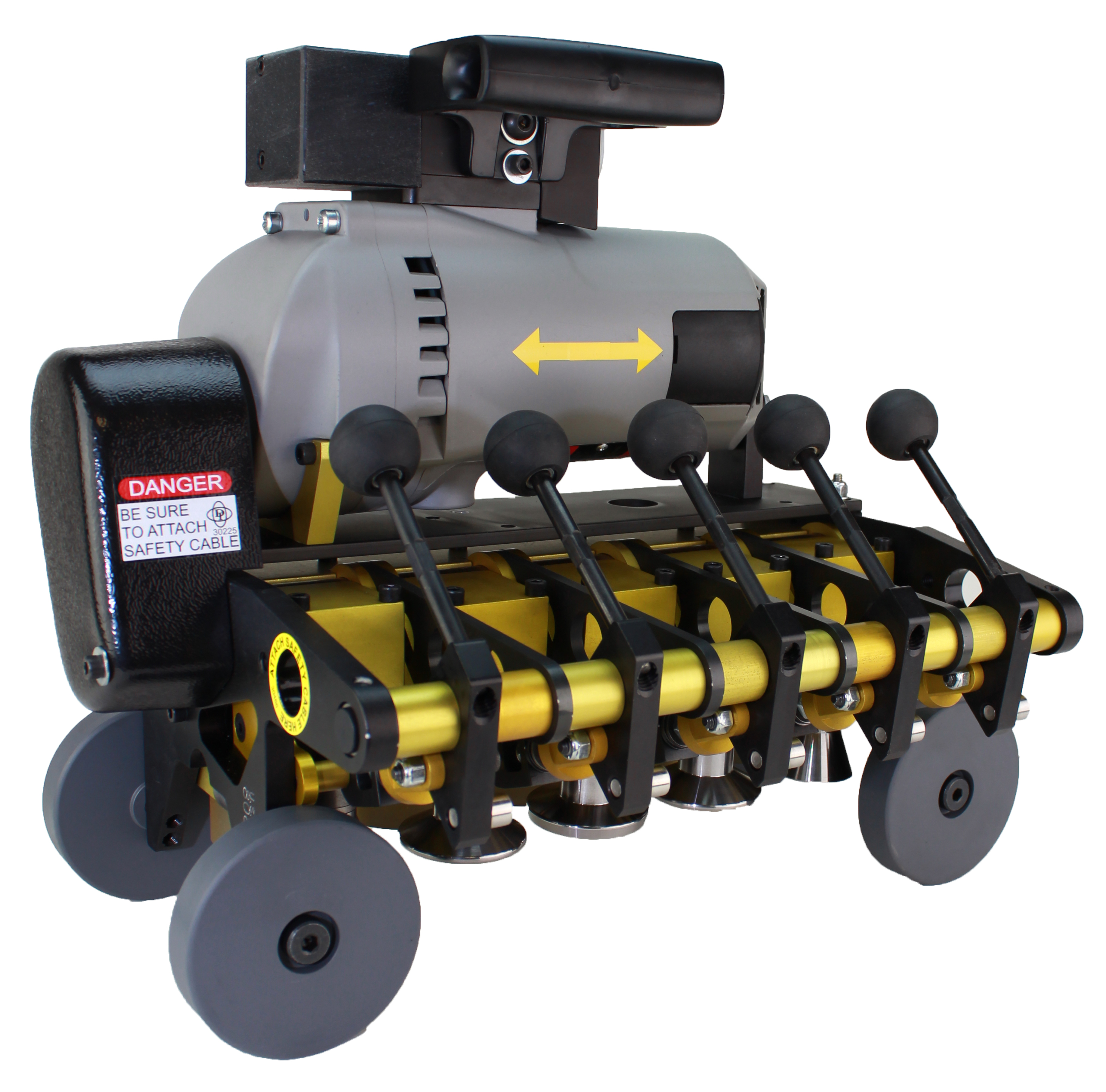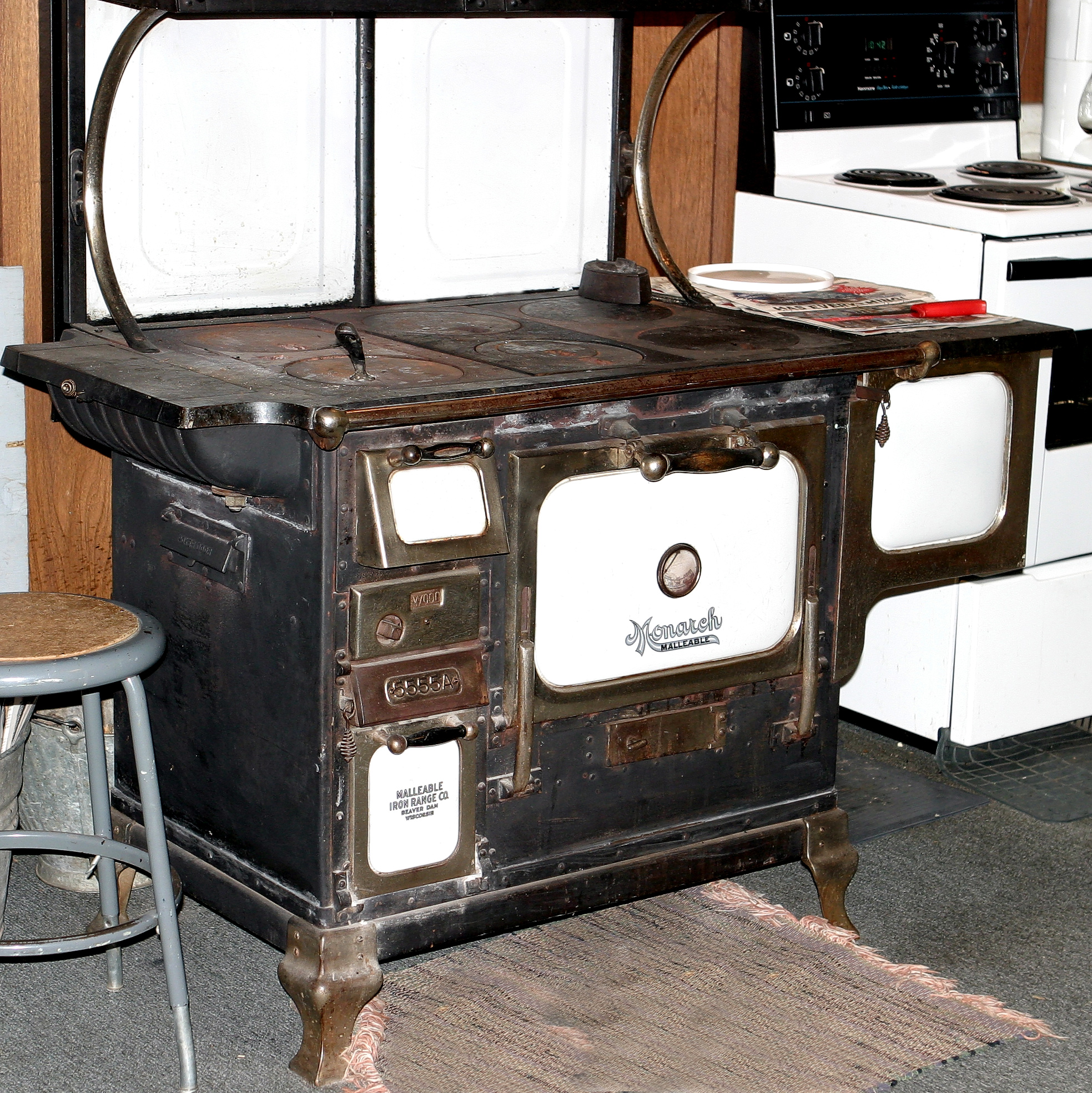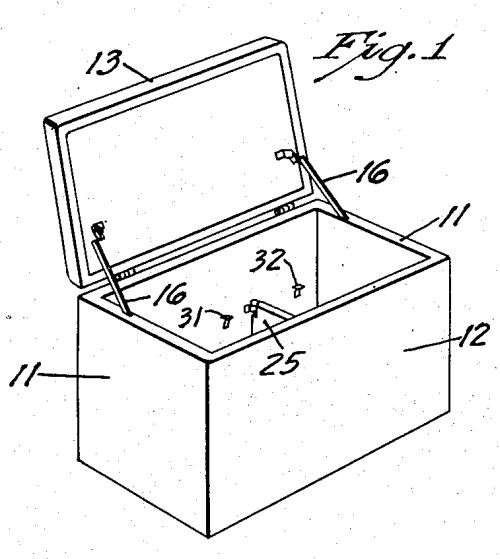|
Drawer Slides Roll Forming Machine
A drawer slide roll forming machine is a cold roll forming machine used to manufacture drawer slides. They have similarities with roofing roll formed products, but require a higher performance and skills in profile forming. These machines are also known under various names such as slide rail making machine, slide make machine and telescopic channel roll forming equipment. Process of slide roll forming The basic production flow of drawer slide machine is roll forming, punching, and cut off to length. Processes of drawer slides roll forming is a continuous cold rolled steel strip passing through a plurality set of upper and lower shaped rollers, and then punching, embossing, straightening, and cut off to length. Straightening is an important part to avoid material twisting or curling. A roll forming line is often provided with straightening mechanism to make sure the material is nicely formed in a predetermined shape to meet the original design. Every slide rail varies in so ... [...More Info...] [...Related Items...] OR: [Wikipedia] [Google] [Baidu] |
Roll Forming
Roll forming, also spelled roll-forming or rollforming, is a type of rolling (metalworking), rolling involving the continuous bending (metalworking), bending of a long strip of sheet metal (typically coiled steel) into a desired cross-section (geometry), cross-section. The strip passes through sets of rolls mounted on consecutive stands, each set performing only an incremental part of the bend, until the desired cross-section (profile) is obtained. Roll forming is ideal for producing constant-profile parts with long lengths and in large quantities. Overview A variety of cross-section profiles can be produced, but each profile requires a carefully crafted set of roll tools. Design of the rolls starts with a ''flower pattern'', which is the sequence of profile cross-sections, one profile for each stand of rolls. The roll contours are then derived from the flower pattern profiles. Because of the high cost of the roll sets, Finite element analysis, computer simulation is often used ... [...More Info...] [...Related Items...] OR: [Wikipedia] [Google] [Baidu] |
Drawer Slide
A drawer ( ) is a box-shaped container inside a piece of furniture that can be pulled out horizontally to access its contents. Drawers are built into numerous types of furniture, including cabinets, chests of drawers (bureaus), desks, and the like. Construction Drawers can be built in various ways using a variety of materials, including wood, various wood composites, sheet metal, and plastic. Wooden drawers are often crafted with a seamless front face, concealing the end grain from the side panels. The corners may feature dovetail joints for added strength or aesthetic appeal, with half-blind dovetail joints commonly used at the front corners to conceal the joint. To secure the bottom piece, a groove is typically cut into the four vertical sides to hold the drawer bottom in place. Handles and locks One or two handles or drawer pulls are commonly attached to the front face of the drawer to facilitate pulling it out from its enclosure. In some cases, drawers may have anoth ... [...More Info...] [...Related Items...] OR: [Wikipedia] [Google] [Baidu] |
Roof Seamer
A roof seamer is a portable roll forming machine that is used to install mechanically seamed structural standing-seam metal roof panels, as part of an overall metal construction building envelope system. The machine is small and portable to be handled by an operator on top of a roof. The machine is applied to the overlapping area when two parallel roof panels meet. The action of the machine bends the two panels together to form a joint that has weather-tight qualities superior to other types of roof systems and cladding. History Commonly, a roof seamer is developed as an afterthought. Since roof seamers are dependent on the metal roof system being used, their development was secondary to the roof panel. A roof seamer is a development that replaced a manual process and hand tools of the past. A hammer and small anvil were tools that were used for hemming and seaming roof panels together at the edge where they meet with the next roof panel in sequence. In 1976, a German immigra ... [...More Info...] [...Related Items...] OR: [Wikipedia] [Google] [Baidu] |
Cold Rolled Steel
Cold-formed steel (CFS) is the common term for steel products shaped by cold-working processes carried out near room temperature, such as rolling, pressing, stamping, bending, etc. Stock bars and sheets of cold-rolled steel (CRS) are commonly used in all areas of manufacturing. The terms are opposed to hot-formed steel and hot-rolled steel. Cold-formed steel, especially in the form of thin gauge sheets, is commonly used in the construction industry for structural or non-structural items such as columns, beams, joists, studs, floor decking, built-up sections and other components. Such uses have become more and more popular in the US since their standardization in 1946. Cold-formed steel members have been used also in bridges, storage racks, grain bins, car bodies, railway coaches, highway products, transmission towers, transmission poles, drainage facilities, firearms, various types of equipment and others. These types of sections are cold-formed from steel sheet, strip ... [...More Info...] [...Related Items...] OR: [Wikipedia] [Google] [Baidu] |
Kitchen Cabinets
A kitchen is a room (architecture), room or part of a room used for cooking and food preparation in a dwelling or in a commercial establishment. A modern middle-class residential kitchen is typically equipped with a Kitchen stove, stove, a sink with hot and cold running water, a refrigerator, and worktops and kitchen cabinet (furniture), cabinets arranged according to a modular design. Many households have a microwave oven, a dishwasher, and other electric appliances. The main functions of a kitchen are to store, prepare and cook food (and to complete related tasks such as dishwashing). The room or area may also be used for dining (or small meals such as breakfast), entertaining and laundry. The design and construction of kitchens is a huge market all over the world. Commercial kitchens are found in restaurants, cafeterias, hotels, hospitals, educational and workplace facilities, army barracks, and similar establishments. These kitchens are generally larger and equipped with big ... [...More Info...] [...Related Items...] OR: [Wikipedia] [Google] [Baidu] |
Kitchen Stove
A kitchen stove, often called simply a stove or a cooker, is a kitchen appliance designed for the purpose of cooking food. Kitchen stoves rely on the application of Heat transfer#Conduction, direct heat for the cooking process and may also contain an oven, used for baking. "Cookstoves" (also called "cooking stoves" or "wood stoves") are heated by burning wood or charcoal; "gas stoves" are heated by gas; and "electric stoves" by electricity. A stove with a built-in cooktop is also called a range. In the industrialized world, as stoves replaced open fires and braziers as a source of more efficient and reliable heating, models were developed that could also be used for cooking, and these came to be known as ''kitchen stoves''.Montagne, Prosper ''New Larousse Gastronomique'' Hamlin Publishing Group 1977 268,901 Quoting Eugène Viollet-le-Duc on cooking in the Middle Ages: "The division of stoves into several compartments as in our day was seldom seen. The dishes were cooked on the fi ... [...More Info...] [...Related Items...] OR: [Wikipedia] [Google] [Baidu] |
Sliding Door
A sliding door is a type of door which opens horizontally by sliding, usually parallel to (and sometimes within) a wall. Sliding doors can be mounted either on top of a track below or be suspended from a track above. Some types slide into a space in the parallel wall in the direction of travel, rather than the door sliding along the outside of the parallel wall. There are several types of sliding doors, such as pocket doors, sliding glass doors, center-opening doors, and bypass doors. Sliding doors are commonly used as shower doors, glass doors, screen doors, and wardrobe doors, and in vans. History Sliding doors were used as early as the 1st century CE in Roman houses (as evidenced by archaeological finds in Pompeii, Italy Italy, officially the Italian Republic, is a country in Southern Europe, Southern and Western Europe, Western Europe. It consists of Italian Peninsula, a peninsula that extends into the Mediterranean Sea, with the Alps on its northern land b ... [...More Info...] [...Related Items...] OR: [Wikipedia] [Google] [Baidu] |
Cooler
A cooler, portable ice chest, ice box, cool box, chilly bin (in New Zealand), or esky (Australia) is an insulated box used to keep food or drink cool. Ice cubes are most commonly placed in it to help the contents inside stay cool. Ice packs are sometimes used, as they either contain the melting water inside or have a gel sealed inside that stays cold longer than plain ice (absorbing heat as it changes phase). Coolers are often taken on picnics and on vacation or holidays. When summers are hot, they may also be used just to get cold groceries home from the store, such as keeping ice cream from melting in a sizzling automobile. Even without adding ice, this can be helpful, particularly if the trip home will be lengthy. Some coolers have built-in cupholders in the lid. They are usually made with interior and exterior shells of plastic, with a hard foam in between. They come in sizes from small personal ones to large family ones with wheels. Disposable ones are made solely ... [...More Info...] [...Related Items...] OR: [Wikipedia] [Google] [Baidu] |
Roll Forming
Roll forming, also spelled roll-forming or rollforming, is a type of rolling (metalworking), rolling involving the continuous bending (metalworking), bending of a long strip of sheet metal (typically coiled steel) into a desired cross-section (geometry), cross-section. The strip passes through sets of rolls mounted on consecutive stands, each set performing only an incremental part of the bend, until the desired cross-section (profile) is obtained. Roll forming is ideal for producing constant-profile parts with long lengths and in large quantities. Overview A variety of cross-section profiles can be produced, but each profile requires a carefully crafted set of roll tools. Design of the rolls starts with a ''flower pattern'', which is the sequence of profile cross-sections, one profile for each stand of rolls. The roll contours are then derived from the flower pattern profiles. Because of the high cost of the roll sets, Finite element analysis, computer simulation is often used ... [...More Info...] [...Related Items...] OR: [Wikipedia] [Google] [Baidu] |
Drawer (furniture)
A drawer ( ) is a box-shaped container inside a piece of furniture that can be pulled out horizontally to access its contents. Drawers are built into numerous types of furniture, including cabinets, chests of drawers (bureaus), desks, and the like. Construction Drawers can be built in various ways using a variety of materials, including wood, various wood composites, sheet metal, and plastic. Wooden drawers are often crafted with a seamless front face, concealing the end grain from the side panels. The corners may feature dovetail joints for added strength or aesthetic appeal, with half-blind dovetail joints commonly used at the front corners to conceal the joint. To secure the bottom piece, a groove is typically cut into the four vertical sides to hold the drawer bottom in place. Handles and locks One or two handles or drawer pulls are commonly attached to the front face of the drawer to facilitate pulling it out from its enclosure. In some cases, drawers may have a ... [...More Info...] [...Related Items...] OR: [Wikipedia] [Google] [Baidu] |
Metal Forming
In metalworking, forming is the fashioning of metal parts and objects through mechanical deformation; the workpiece is reshaped without adding or removing material, and its mass remains unchanged. Forming operates on the materials science principle of plastic deformation, where the physical shape of a material is permanently deformed. Characteristics Metal forming tends to have more uniform characteristics across its subprocesses than its contemporary processes, cutting and joining. On the industrial scale, forming is characterized by: * Very high loads and stresses required, between 50 and () * Large, heavy, and expensive machinery in order to accommodate such high stresses and loads * Production runs with many parts, to maximize the economy of production and compensate for the expense of the machine tools Forming processes Forming processes tend to be categorised by differences in effective stresses. These categories and descriptions are highly simplified, since the stres ... [...More Info...] [...Related Items...] OR: [Wikipedia] [Google] [Baidu] |







